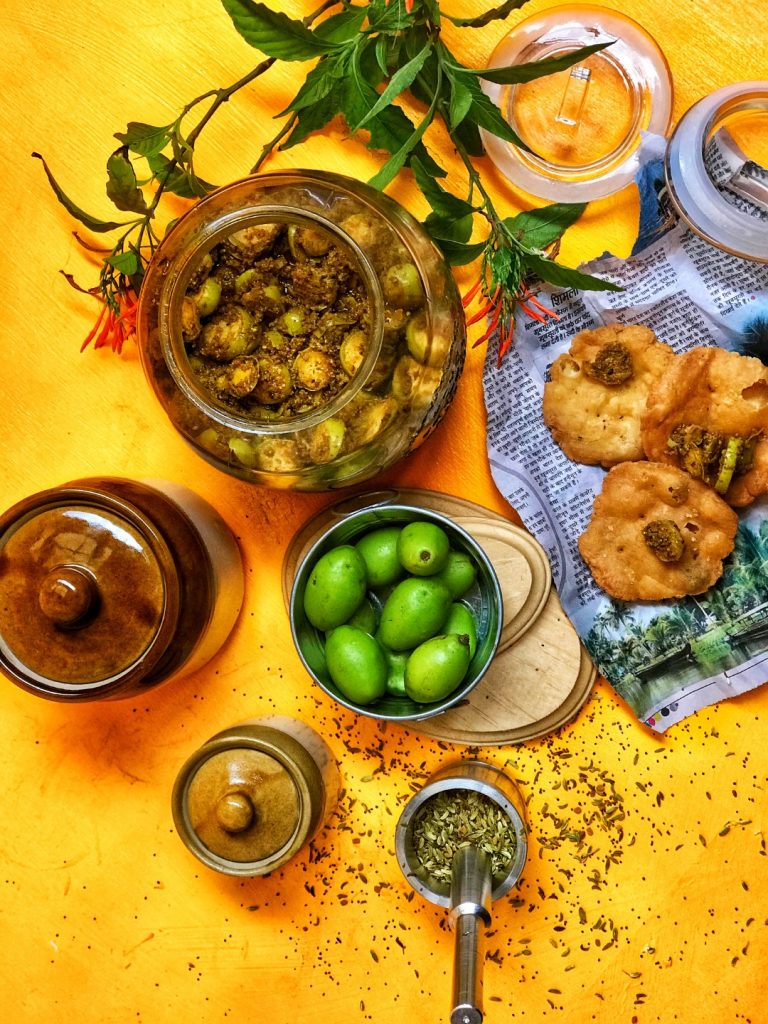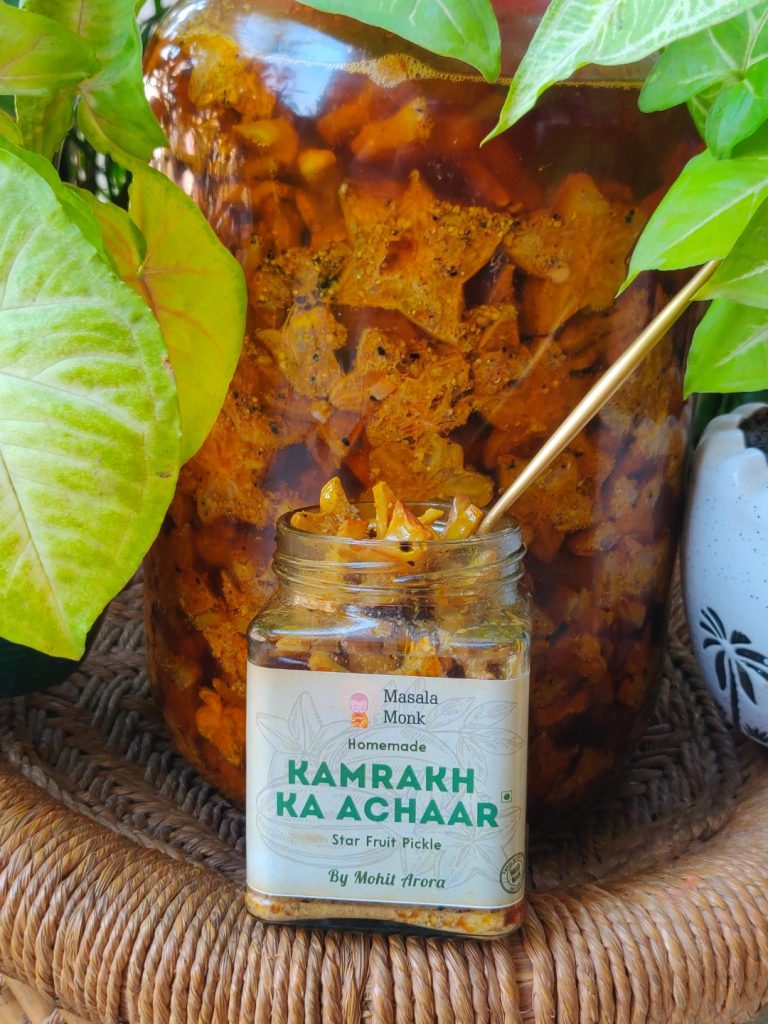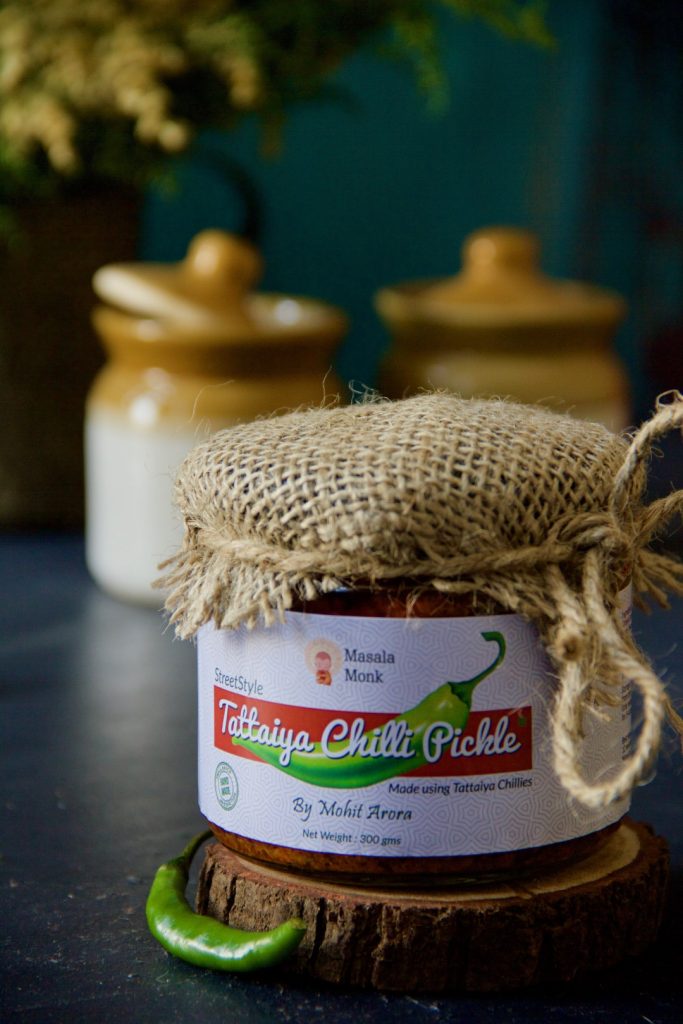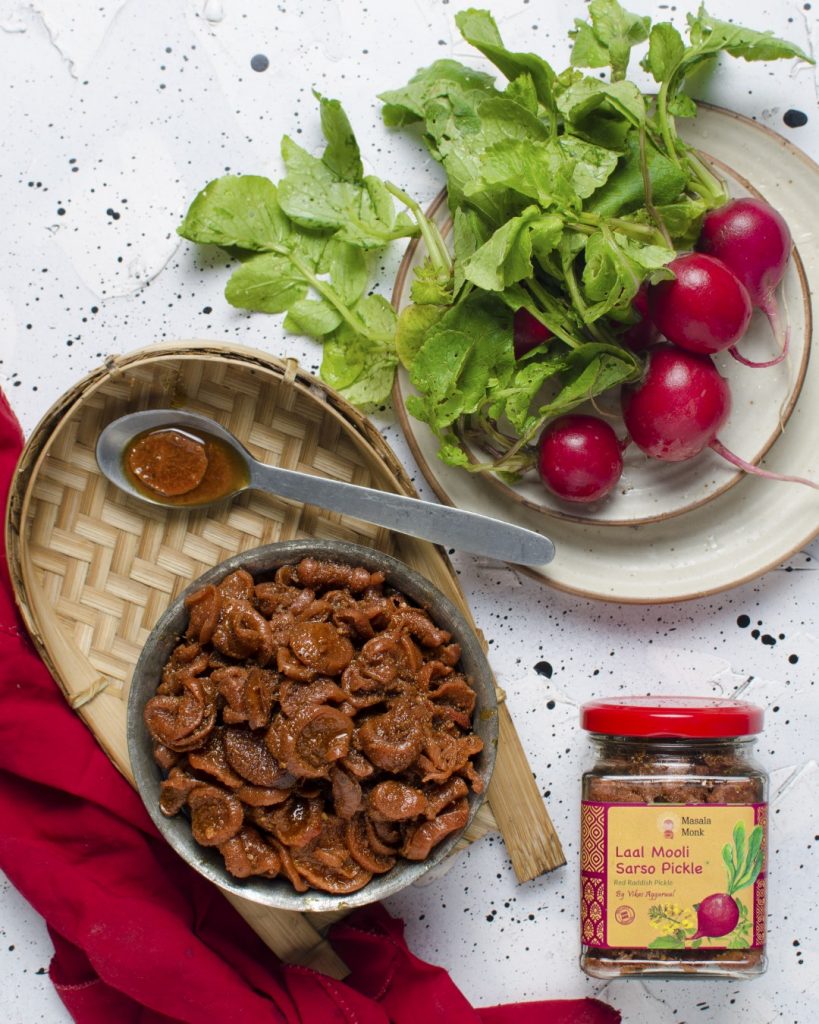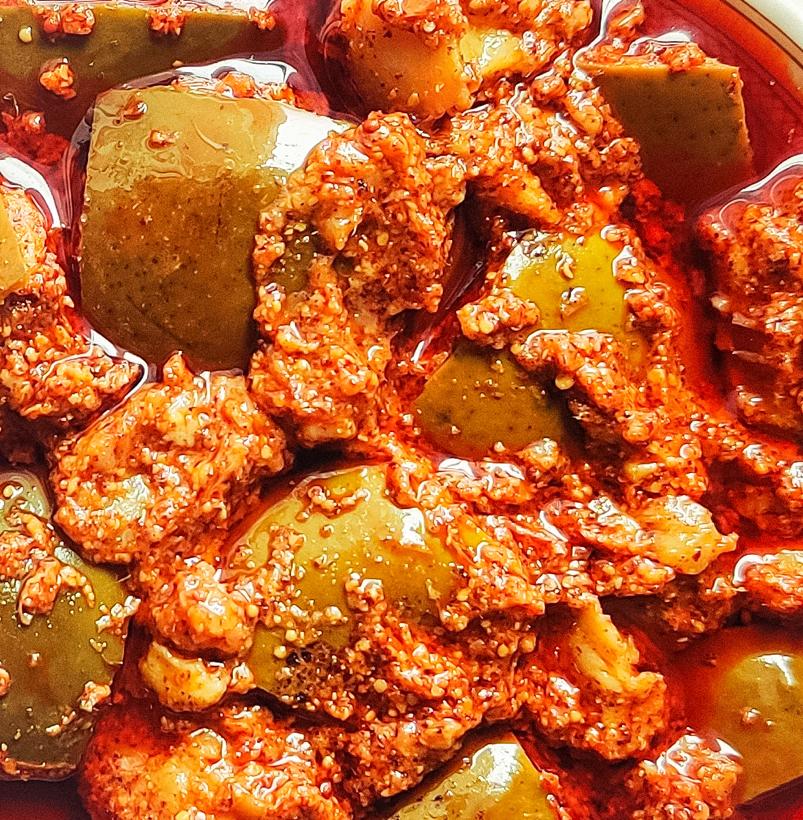
If you’re a fan of spicy and tangy flavors, then Avakaya is the perfect condiment to tantalize your taste buds! Avakaya is a traditional Indian pickle made with raw mangoes, chili powder, and a blend of aromatic spices. This fiery and flavorful pickle adds a punch to any meal, whether it’s rice, roti, or even sandwiches. In this post, we’ll explore the art of making Avakaya at home, step-by-step, along with tips on selecting the right mangoes and preserving this delicious condiment. Get ready to add a burst of spice and zing to your culinary adventures with homemade Avakaya! 🌶️🥭🍛
The Allure of Avakaya 🌶️🥭 Avakaya is a beloved pickle from the Indian state of Andhra Pradesh, known for its vibrant flavors and spicy kick. The combination of tangy raw mangoes, fiery red chili powder, and aromatic spices creates a pickle that packs a punch. Avakaya is a versatile condiment that can elevate the simplest of meals with its tangy, spicy, and slightly sour taste. It’s a delightful accompaniment that adds excitement to rice, curries, parathas, or even as a dip for snacks. Prepare to experience a burst of flavors with every bite!
Crafting Homemade Avakaya 🌶️🥭🍯 Now, let’s dive into the recipe for homemade Avakaya:
Ingredients:
- 4 cups raw mangoes, firm and sour, peeled and cut into small pieces
- 1 cup red chili powder (adjust according to your spice preference)
- 1/4 cup mustard seeds
- 1/4 cup fenugreek seeds (methi seeds)
- 1/2 cup sesame oil (gingelly oil)
- 1/4 cup powdered jaggery or sugar (optional, for a touch of sweetness)
- 1 tablespoon turmeric powder
- Salt to taste
Instructions:
- Start by ensuring the raw mangoes are firm and sour. Wash them thoroughly, peel the skin, and cut them into small, bite-sized pieces. Remove any excess moisture from the mango pieces using a clean kitchen towel.
- In a large mixing bowl, add the mango pieces and sprinkle salt and turmeric powder. Mix well and set aside for about 30 minutes. This step helps to remove excess moisture from the mangoes.
- Meanwhile, dry roast the mustard seeds and fenugreek seeds separately until they turn aromatic. Allow them to cool down and then grind them into a fine powder using a spice grinder or mortar and pestle.
- In a separate bowl, combine the red chili powder, ground mustard and fenugreek powder, and jaggery or sugar (if using). Mix well to ensure all the spices are evenly distributed.
- Heat sesame oil in a pan on medium heat. Once hot, turn off the heat and let it cool down slightly. The oil should be warm, not scorching hot.
- Now, add the spice mixture to the mango pieces. Mix thoroughly to coat the mangoes with the spices.
- Slowly pour the warm sesame oil over the mango mixture. The oil helps in preserving the pickle and imparts a rich flavor.
- Mix everything together until well combined. Ensure that the mango pieces are evenly coated with the spice mixture and oil.
- Transfer the Avakaya pickle to a clean, dry glass jar. Press the mixture down firmly to remove any air gaps. Ensure that the pickle is fully submerged in the oil.
- Seal the jar tightly and store it in a cool, dry place for at least a week to allow the flavors to meld together. During this time, the mangoes will absorb the flavors of the spices and develop a tangy taste.
- After a week, you can start enjoying your homemade Avakaya pickle. It can be stored for several months, but make sure to refrigerate it to extend its shelf life.
Tips for Selecting Mangoes for Avakaya 🥭🌟 To make the best Avakaya, choose raw mangoes that are firm, sour, and have a thin skin. Mango varieties such as Totapuri, Rajapuri, or Banganapalli work well for Avakaya. Avoid mangoes that are overly ripe or fibrous, as they may not provide the desired texture and taste.
Join Us for More Culinary Adventures! 🍽️🌍 If you’re a food enthusiast looking to connect with like-minded individuals and discover new flavors, we invite you to join our vibrant foodie community! Join our secret Facebook group, Eatlo, where we share recipes, exchange ideas, and celebrate the joys of culinary creativity. Visit https://www.facebook.com/groups/eatlo to be a part of our community of passionate foodies.
Conclusion With homemade Avakaya, you can add a burst of spice and tang to your meals. This fiery and flavorful pickle made with raw mangoes and aromatic spices is a true delight for your taste buds. The tangy and spicy notes of Avakaya can elevate any dish and create a memorable dining experience. So, gather the ingredients, follow the recipe, and embark on a culinary adventure with homemade Avakaya! 🌶️🥭🍛




